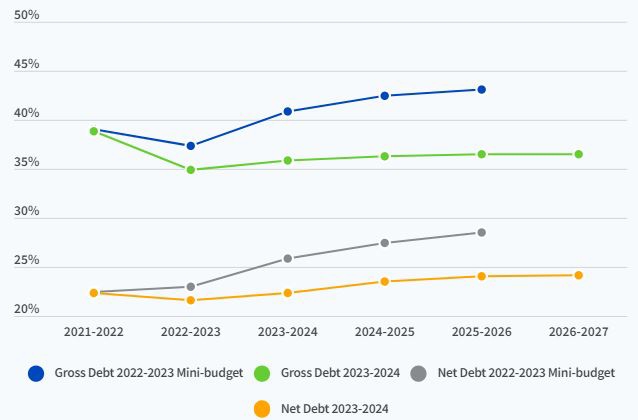

**Budget 2025-26: GST Rates for Hybrid Vehicles Unaltered**
In the recent Union Budget for the fiscal year 2025-26, the Indian government has opted to keep the existing Goods and Services Tax (GST) rates on hybrid vehicles unchanged, a decision receiving varied responses from multiple parties within the automotive sector. This choice occurs amidst ongoing dialogues surrounding the encouragement of sustainable transport and the minimization of the carbon impact of the mobility sector.
**Existing GST Rates on Hybrid Vehicles**
As per the budget declaration for 2025-26, the GST rate applicable to hybrid vehicles remains at 28%, mirroring the rate implemented for traditional internal combustion engine (ICE) vehicles. Beyond the core GST rate, hybrid cars also incur a compensation cess that fluctuates based on the vehicle’s engine size and additional parameters. This cess can vary between 1% to 15%, effectively elevating the total tax liability on hybrid vehicles.
**Justification for Unchanged Rates**
The government’s choice to retain GST rates on hybrid cars is motivated by several considerations:
1. **Revenue Implications**: The automotive industry is a key contributor to the national treasury. Sustaining current GST rates guarantees a consistent revenue influx, essential for supporting diverse public welfare and infrastructure initiatives.
2. **Market Consistency**: By refraining from modifying the GST rates, the government seeks to deliver stability within the automotive market. Regular shifts in tax rates may induce unpredictability for manufacturers and consumers, potentially impacting sales and production strategies.
3. **Emphasis on Electric Vehicles (EVs)**: The government remains committed to fostering the uptake of fully electric vehicles, which benefit from a reduced GST rate of 5%. By placing hybrid vehicles in the higher tax category, the government is subtly nudging consumers towards selecting EVs over hybrids.
**Responses from the Industry**
The automotive sector has voiced a spectrum of views concerning the decision to maintain GST rates on hybrid vehicles:
– **Manufacturers**: Certain automakers have voiced dissatisfaction, contending that hybrid cars function as a crucial transitional technology toward full electrification. They argue that lowering GST on hybrids could have sped up their acceptance, aiding in emission reductions in the short run.
– **Environmental Advocates**: Environmental organizations have generally supported the emphasis on EVs, yet they recognize that hybrids can contribute to emission reductions, particularly in areas where EV charging facilities are still emerging.
– **Consumers**: For consumers, the steady GST rates imply that hybrid vehicles continue to be a comparatively costly option relative to their ICE equivalents. This could sway buying choices, especially within price-sensitive market segments.
**Prospective Outlook**
Although GST rates on hybrid vehicles remain stable for the 2025-26 fiscal year, the government has noted that it will persist in assessing the tax framework in light of market changes and technological progress. The continued advancement of charging infrastructure and battery technology is anticipated to play a significant role in determining future taxation policies linked to the automotive industry.
In summary, the decision to keep the prevailing GST rates on hybrid vehicles represents a measured strategy, considering revenue requirements, market consistency, and the overarching aim of advancing toward a more sustainable transportation landscape. As the sector evolves, stakeholders will closely monitor any policy changes that could further impact the uptake of hybrid and electric vehicles in India.






